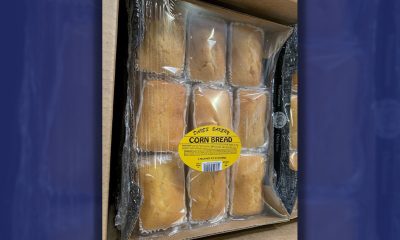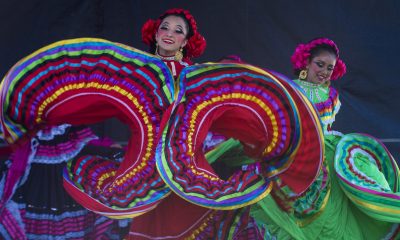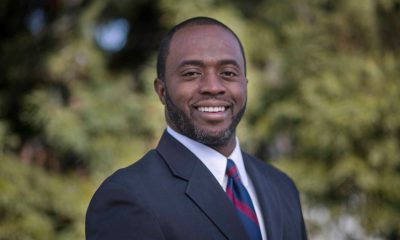California Black Media
Report: States Must Ban Guns at Places Where People Vote
Voting and elections have become the targets of threats and intimidation as the nation faces a proliferation of guns, more frequent gun violence, and fewer legal protections, noted Brennan Center for Justice and the Giffords Law Center to Prevent Gun Violence in a report released this week.
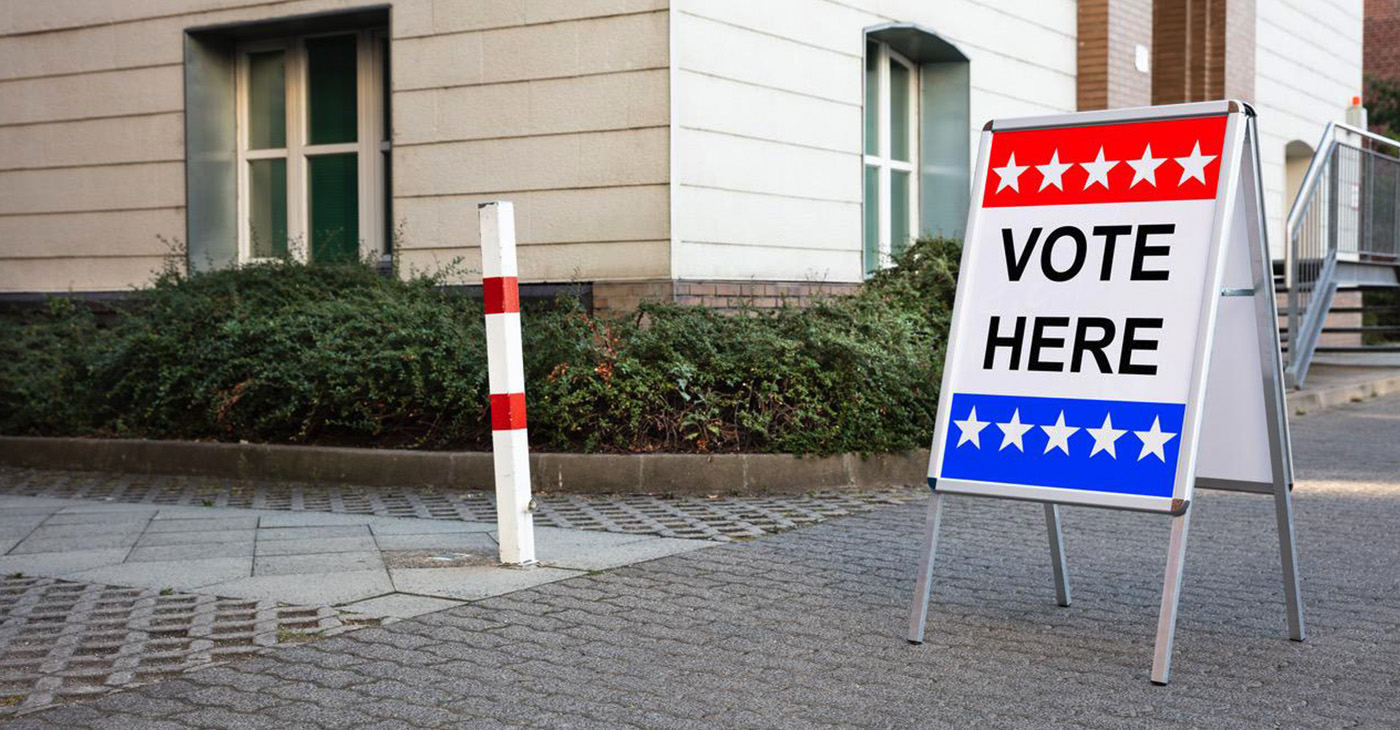
By Sunita Sohrabji, EMS
Special California Black Media
Voting and elections have become the targets of threats and intimidation as the nation faces a proliferation of guns, more frequent gun violence, and fewer legal protections, noted Brennan Center for Justice and the Giffords Law Center to Prevent Gun Violence in a report released this week.
The proliferation of guns in American homes has increased dramatically since 2008, when the Supreme Court ruled for the first time that the Second Amendment allows U.S. residents to possess an operable handgun in the home for self-defense.
“This was a considerable change from what the court had long held, which was that possessing a firearm had to be related to militia service,” Robyn Sanders, counsel for the Voting Rights and Election Reform Democracy Project at the Brennan Center, told Ethnic Media Services.
The Supreme Court did caution that the rights secured by the Second Amendment are not unlimited; it identified laws that would forbid firearms in sensitive places, such as schools and government buildings. “And so there, while the Supreme Court handed down what was a dramatic decision at that time, it did specify that regulations are still permissible in places that are sensitive,” said Sanders, who co-authored the report.
But the Supreme Court further weakened gun restrictions last year in its ruling on the New York State Rifle & Pistol Association, Inc. vs. Bruen case. The opinion, written by Justice Clarence Thomas, stated that the American public has the right to carry guns in public for self-defense, and that states cannot require applicants to demonstrate a need for owning a gun.
“The decision in Bruen has invited more legal challenges to gun regulations. But the court also explicitly states that sensitive places are places where states can regulate where guns can be carried, and they were unequivocal about polling locations being one of those,” said Sanders.
In a Sept. 20 interview with EMS, Sanders discussed the threat gun violence poses for U.S. elections. “We believe this report served a significant purpose in alerting states that there are ways that they could help to maintain the confidence that voters historically had in our elections as being safe and secure from violence and intimidation,” she said.
Excerpts of Conversation with Sanders:
What types of justifications are states using to allow concealed guns at polling sites and drop-off boxes?
The Supreme Court was unequivocal in its decision in Bruen that prohibiting firearms in polling places is constitutional. And so, while I can’t speak for why states have not filled the voids that we recognize in our report, what I can say is that we are offering policy proposals for states to enact laws that would better protect voters and election officials and workers from threats and help voters and the public remain confident that our elections will continue to be by and large peaceful.
Older adults traditionally account for the majority of election workers. Have you seen a drop-off of older adults choosing to work at the polls, given the uncertainty of protection from violence at those sites?
We were experiencing a global pandemic in 2020. And so there was a downturn in retired or elderly folks serving as election workers due to the vulnerabilities related with COVID -19.
Compared to anything prior, there was dramatically more harassment and threats lodged at election officials and poll workers over the last two election cycles. Poll workers have reported experiences of harassment and threats of abuse in recent years.
Are election workers of color more likely to face harassment, violence and intimidation?
We found that election officials serving what’s known as majority minority jurisdictions were more likely than election officials overall to report having been threatened, having been harassed or abused because of their job. And they were also considerably more likely to be concerned about being assaulted.
This is alarming, it’s concerning, and it’s unacceptable in a democracy.
One out of every 3 election workers have reported harassment or threats, according to the report.
As a result of the shifts in how our electoral process was being carried out, we started to observe trends in elected leaders and others who were spreading disinformation and misinformation about our elections as it relates to various methods of voting, including voting by mail and the use of drop boxes as a result of the uptick in mail voting.
And so based on that climate, we started to see an increase in threats and intimidation and threats of violence being lodged at election workers and officials.
Could you talk about some of your policy recommendations?
One of the key findings in our report is that only 12 states and Washington, D.C. have laws prohibiting open carry and concealed carry at polling places. And even fewer states have laws that prohibit guns where other sensitive election activity occurs drop boxes as well as places like election counting facilities.
And while it is illegal to intimidate voters in all 50 states, neither federal law nor any state law explicitly acknowledges that guns in or around places where people are engaged in voting or conducting election activity can constitute illegal intimidation.
In our report, we offer two main policy proposals. One: we recommend that states enact laws to prohibit guns at and around all sites of voting and vote counting. And we recommend that states strengthen their laws, protecting voters and election workers and officials from intimidation and violence, but explicitly addressing the void that is currently present and addressing the intimidating effect of guns.
I would reiterate to voters that — because our elections have remained by and large peaceful — the proposals that we offer in our report are simply action items that states can take to further strengthen legal protections that are already in place.
Activism
Oakland Post: Week of May 8 – 14, 2024
The printed Weekly Edition of the Oakland Post: Week of May May 8 – 14, 2024
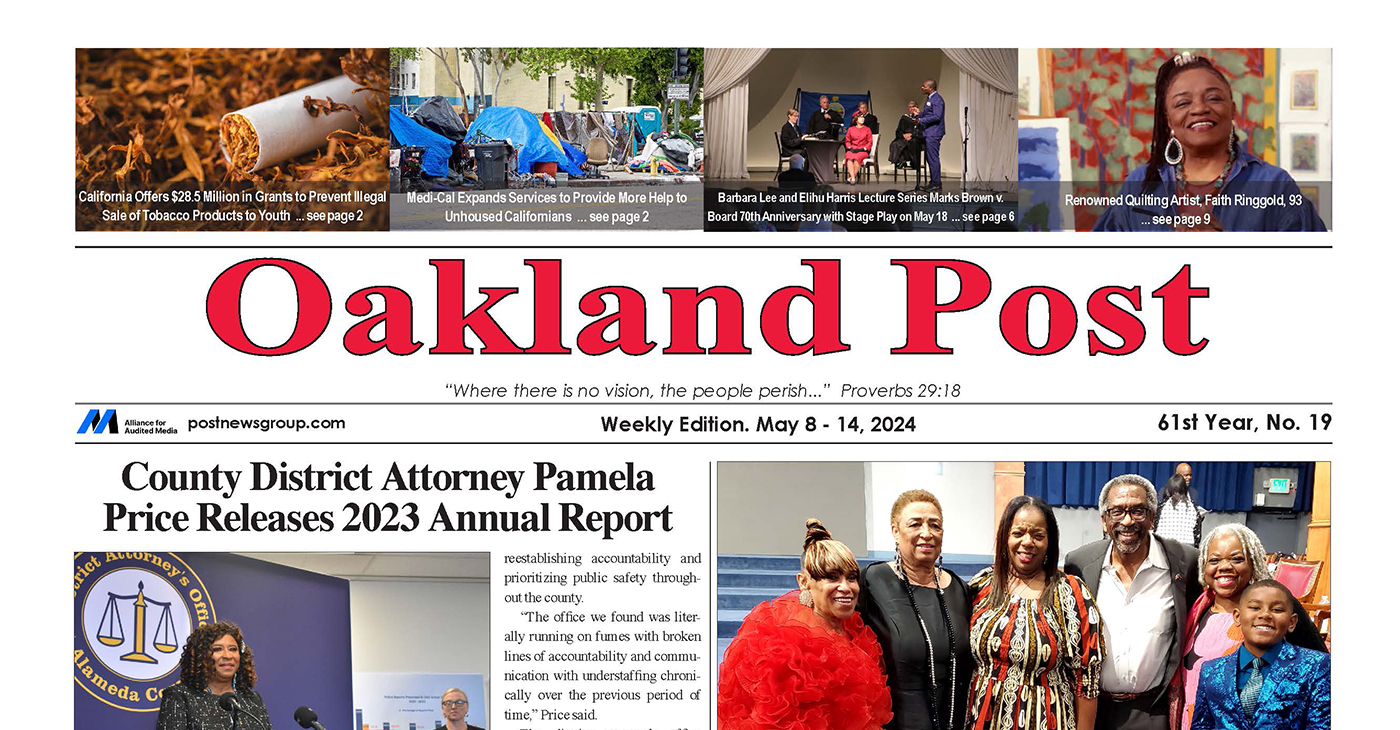
To enlarge your view of this issue, use the slider, magnifying glass icon or full page icon in the lower right corner of the browser window. ![]()
California Black Media
Cinco De Mayo: Five Interesting Facts You Should Know About the Popular Mexican American Holiday
To explore the historical significance of Cinco De Mayo, we step back to the origins of the commemoration, share how some Mexican American Californians regard it and trace how it has morphed into the celebrations we see today.
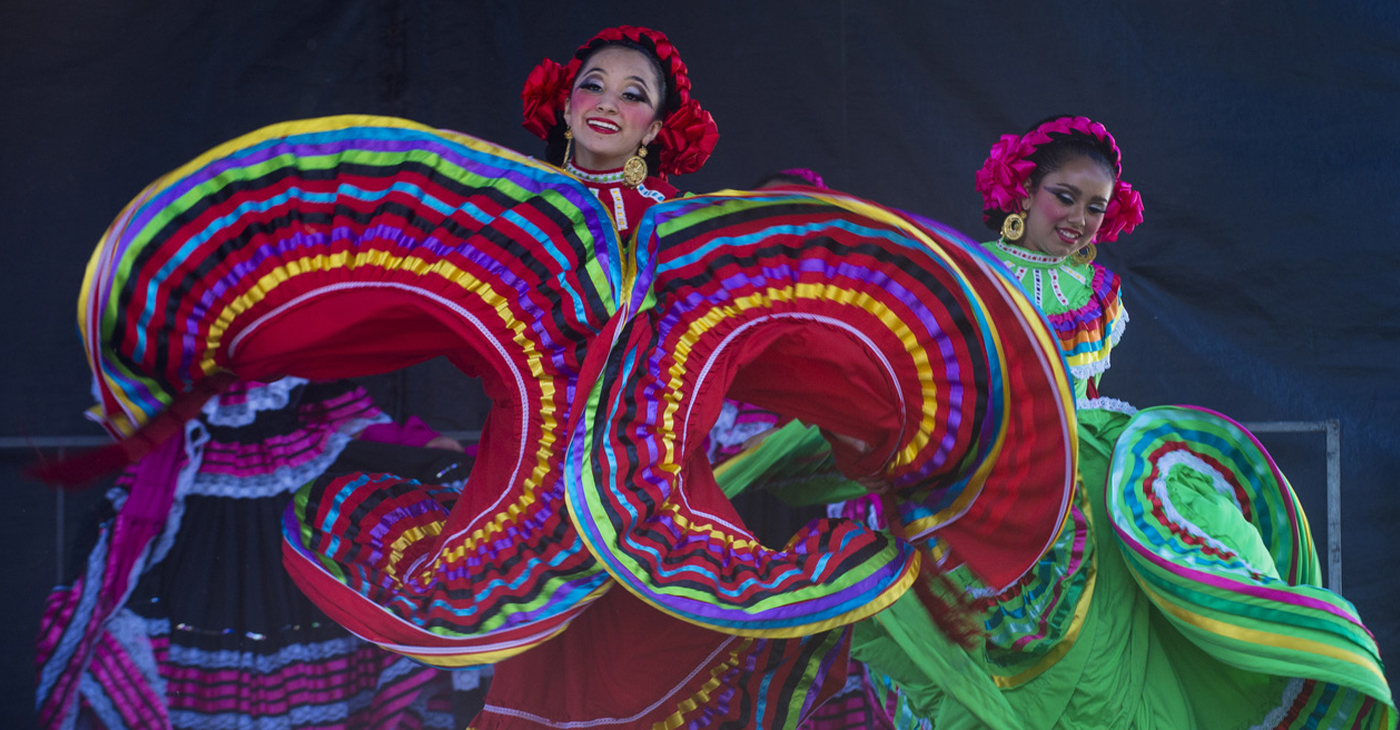
By Edward Henderson, California Black Media
To explore the historical significance of Cinco De Mayo, we step back to the origins of the commemoration, share how some Mexican American Californians regard it and trace how it has morphed into the celebrations we see today.
Celebrations in the United States began in 1862 in Columbia, California, a small town located in the foothills of the Sierra Nevada in Tolumne County, according to that town’s website.
Today, millions of Americans celebrate Cinco De Mayo annually with 120 official celebrations organized across the United States.
This day has become a cultural point of pride for Mexican Americans and other Latino communities in the United States. It serves as a time to affirm and celebrate their cultures with other Americans of all backgrounds as they highlight their contributions to American history and society.
Joseph Soltero, a Mexican American living in Escondido, shared his perspective on Cinco de Mayo with California Black Media. He learned about Cinco De Mayo from his grandfather and talked about the extent to which his family and San Diego County community celebrate the holiday.
“We knew September 16 was really Mexican Independence Day, but kids in my school would always mistake Cinco De Mayo as our Independence Day. [Cinco De Mayo] is not really even a Mexican holiday,” said Soltero. “It’s something people do to have an excuse to buy drinks, have fun and spend a little money at taco shops.”
Like Soltero, many Mexican Americans (and other Latino Californians) do not take the support and solidarity they receive from people of other races on Cinco De Mayo for granted. They also appreciate when people take the time to learn about the cultural significance of the day and avoid some of the cultural tropes that can easily whisper undertones of racism.
To help raise your awareness about the origins and cultural significance of the day, here are 5 little known facts about Cinco De Mayo:
- Cinco De Mayo is not Mexican Independence Day. It is the anniversary of the Battle of Puebla. This military victory on May 5, 1862, over the French forces of Napoleon III was hailed as a symbol for Mexican resistance to foreign influence.
- The holiday was not given much historical significance outside of Puebla, and it has not been celebrated on a large scale in Mexico. However, during the Civil War, Mexican Americans in California, Oregon and Nevada who supported the Union drew inspiration from the victory over the French-backed Confederate forces.
- The Chicano civil rights movement in the 1940s gave a new energy to celebration of the holiday in the United Sates as a symbol of national pride.
- In the 1980s and 1990s, beer companies’ marketing strategies targeted Mexican Americans by encouraging them to celebrate their heritage – and Cinco De Mayo –with Coronas, Bud Light, and Dos Equis. This created the perceived connection between Cinco De Mayo, alcohol, and merrymaking.
- Los Angeles hosts the largest Cinco De Mayo celebration in the country.
As we join Mexican American Californians to celebrate Cinco De Mayo next week, let’s deepen our cultural understanding.
Let’s use this occasion to commit to learning more about our neighbors, colleagues and friends of other races and ethnicities.
This resource is supported in whole or in part by funding provided by the State of California, administered by the California State Library in partnership with the California Department of Social Services and the California Commission on Asian and Pacific Islander American Affairs as part of the Stop the Hate program. To report a hate incident or hate crime and get support, go to CA vs Hate.
Antonio Ray Harvey
Working Group: More Entry-Level Homes Could Help Solve Housing Crisis
The Community Housing Working Group hosted a briefing on April 23 at Cafeteria 15L in Sacramento. Discussions focused on how the housing crisis in California affects Black and Brown communities and explored ways to provide low-income families and individuals with affordable housing.
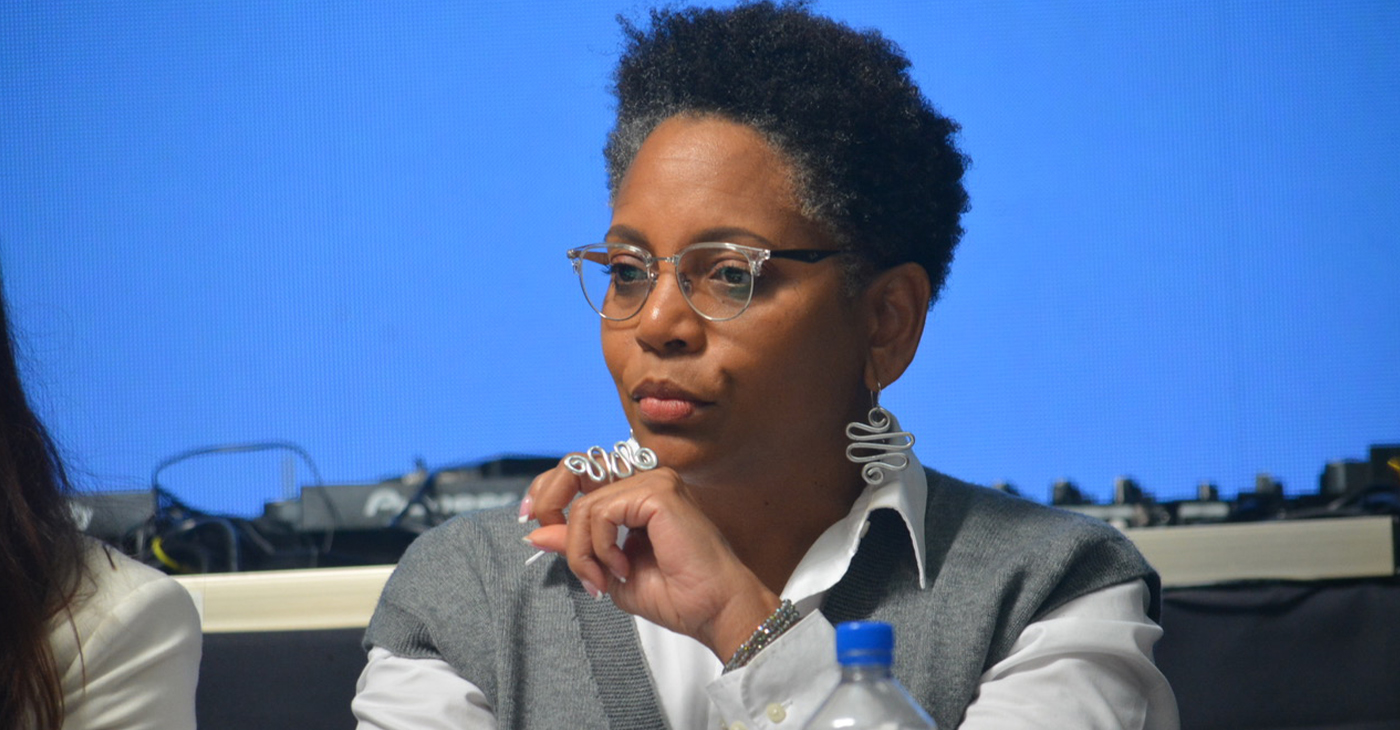
By Antonio Ray Harvey, California Black Media
The Community Housing Working Group hosted a briefing on April 23 at Cafeteria 15L in Sacramento. Discussions focused on how the housing crisis in California affects Black and Brown communities and explored ways to provide low-income families and individuals with affordable housing.
Tia Boatman Patterson, CEO and President of the California Communities Reinvestment Corporation, said “entry-level housing” is not available as it was in the past, adding that affordable units were a major point of entry into homeownership for many families in the Black community.
“My mother bought her first house when I was in junior high. It was an 850-square foot, two-bedroom and one-bathroom house in 1978. That house cost $30,000,” Boatman-Patterson said.
“A woman working part-time at JCPenney was able to afford that house. We don’t build these types of housing now. We do not build entry-level homeownership,” she added.
The Community Housing Working Group is a collection of diverse community organizations from across California working together to address housing challenges in their communities. The organization believes that solving the affordable housing crisis will require creating enough smaller, lower-cost, multi-family homes located near jobs, transit, and good schools.
The briefing included a panel discussion titled, “Exclusionary Zoning: A Look Back and a Path Forward.” Boatman-Patterson participated in that session along with Henry “Hank” Levy, Treasurer-Tax Collector for Alameda County, and Noerena Limón, consultant, Unidos U.S., and Board Member of California Housing Finance Agency.
Boatman-Patterson, a former Associate Director for Housing, Treasury and Commerce in the Office of Management and Budget for the Biden Administration, started her presentation by highlighting how exclusionary single-family zoning is contributing to continued segregation of California communities.
She said that single-family zoning originated in the Bay Area city of Berkeley in 1916.
“By creating single-family zoning and having fenced-off communities, you were able to exclude the ‘others,’” Boatman-Patterson said. “It really was a method to exclude — what they called ‘economic segregation’ — but that was a guise for racial segregation. Single-family zoning, along with redlining, became a systemic approach to exclude based on affordability.”
Title VIII of the federal Civil Rights Act of 1968 — commonly known as the Fair Housing Act of 1968 – is the U.S. federal legislation that protects individuals and families from discrimination in the sale, rental, and financing of housing. It was passed to open the doors to affordable housing.
In 1968, 65.9% of White families were homeowners, a rate that was 25% higher than the 41.1% of Black families that owned their homes, according to National Low-Income Housing Coalition. Today, those figures have hardly changed in the Black community, although White homeownership has increased five percentage points to 71.1%.
Boatman Patterson said the rate has not changed in Black and Brown communities because financing for affordable entry-level homes is almost nonexistent. The homeownership disparities contribute to the disturbing racial wealth gap in the nation, according to the National Low-Income Housing Coalition’s October 2018 report.
“We really must align the financing with the actual building of units, which we haven’t necessarily done. Because of this misalignment, I think we continue to see problems,” Boatman-Patterson said.
-

 Community4 weeks ago
Community4 weeks agoFinancial Assistance Bill for Descendants of Enslaved Persons to Help Them Purchase, Own, or Maintain a Home
-

 City Government1 week ago
City Government1 week agoCourt Throws Out Law That Allowed Californians to Build Duplexes, Triplexes and RDUs on Their Properties
-

 Activism2 weeks ago
Activism2 weeks agoOakland Post: Week of April 24 – 30, 2024
-

 Business4 weeks ago
Business4 weeks agoV.P. Kamala Harris: Americans With Criminal Records Will Soon Be Eligible for SBA Loans
-

 Activism4 weeks ago
Activism4 weeks agoOakland Post: Week of April 10 – 16, 2024
-

 Community4 weeks ago
Community4 weeks agoAG Bonta Says Oakland School Leaders Should Comply with State Laws to Avoid ‘Disparate Harm’ When Closing or Merging Schools
-

 Community3 weeks ago
Community3 weeks agoRichmond Nonprofit Helps Ex-Felons Get Back on Their Feet
-

 Community3 weeks ago
Community3 weeks agoOakland WNBA Player to be Inducted Into Hall of Fame

